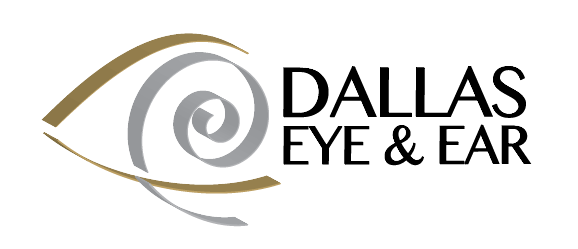Here are some answers to questions many patients have about our services and procedures...
How does balloon sinuplasty (balloon sinus dilation) work to treat chronic or recurrent sinusitis?
In chronic and recurrent sinusitis, blocked sinus drainage pathways can prevent effective drainage, airflow and healing. When first line medication therapies fail to resolve symptoms and inflammation, or patients experience multiple bouts of sinusitis, balloon sinuplasty may be an appropriate treatment option.
The goal of balloon sinuplasty is to expand the sinus openings and drainage pathways to restore airflow, aid drainage and promote healing. After locating the treatment area and applying local anesthesia, your physician will place the small balloon, inflate the balloon to dilate the treatment area, and then deflate and remove the balloon.
How long does the balloon sinuplasty procedure take?
Procedure length is dependent on your specific condition and anatomy. You should expect to spend around one and a half to two hours at the office, to allow time for pretreatment preparation and post treatment examination. Consult your physician to better understand the details of your procedure.
What are the benefits of an in-office balloon sinuplasty procedure?
Office based procedures performed under local anesthesia allow you to avoid the negative effects, costs or risks associated with general anesthesia.
Will the procedure require any anesthesia?
Balloon sinuplasty can be performed under local anesthesia, in an office.
In certain circumstances, balloon sinuplasty may also be used in combination with modern sinus surgery tools. In these instances, it may be performed in an operating room, under general anesthesia.
How quickly after treatment can I return to normal activities?
Many patients can resume normal activities immediately. Your doctor may recommend you refrain from very strenuous activities (such as heavy lifting) for a week after the treatment.
Are there any potential risks and complications associated with balloon sinus dilation?
As with any medical procedure, potential risks and complications exist with balloon sinuplasty. Consult your doctor to determine if your condition presents any special risks. Your physician will review potential complications of balloon sinuplasty with you. Possible side effects include, but are not limited to, post-operative bleeding; pain and swelling; allergic reaction to anesthesia or other medications administered during the procedure; or infection. Your condition may not respond to this treatment.
Is balloon sinuplasty suitable for everyone?
Only your physician can tell you if balloon sinuplasty is a viable option to treat your sinusitis. Experience has shown that many patients with recurring or persistent sinusitis can be treated effectively with balloon sinus dilation. Of course, not everyone with chronic sinusitis is a candidate for balloon sinuplasty, and these patients can often find relief with traditional FESS (functional endoscopic sinus surgery).
Am I a candidate for a hearing aid?
There is a simple test to figure out if you're a candidate. Just ask yourself if either of the following sounds familiar for you or a loved one:
- “I can hear but I can’t understand.”
- “I just can’t hear my grandchildren”
- “If someone tries to get my attention when my back is turned, I won’t hear them.”
- “I’m always asking people to repeat themselves”
- “If people stop mumbling, I could understand them better”
- “I wish I could participate in the conversations when we are at the restaurant.”
- “I’ve been having ringing in my ears for several years.”
- “My family complains that I turn the TV up too loud.”
If you answer YES to these, we suggest you contact our offices to schedule an appointment with our audiology specialists today!
What hearing aid styles do you offer?
We offer a variety of hearing aid styles to best fit with your lifestyle.

In The Ear
With today’s
technology, even people with severe losses can be properly fitted with an In-the-Ear
(ITE) style of aid. Many consider this style to be more discreet than the style
of hearing aids that are worn behind the ear.

In The Canal
In-The-Canal (ITC) hearing aid can be even more discreet than the In-The-Ear model. However, there
are other factors that influence a person’s ability to wear a ITC hearing aid,
such as degree of hearing loss, ear canal size, and manual dexterity.

Completely In The Canal
This is the smallest
hearing aid available. As with the In-the-Canal
style of aid, there are many factors that must be considered when deciding if a
Completely-in-the-Canal (CIC) is right for the wearer. These include the size
and shape of the ear canal, degree of hearing loss, and manual dexterity.
Can't find what you're looking for? Email us!
Our experienced staff are ready to assist you with any questions you may have.
